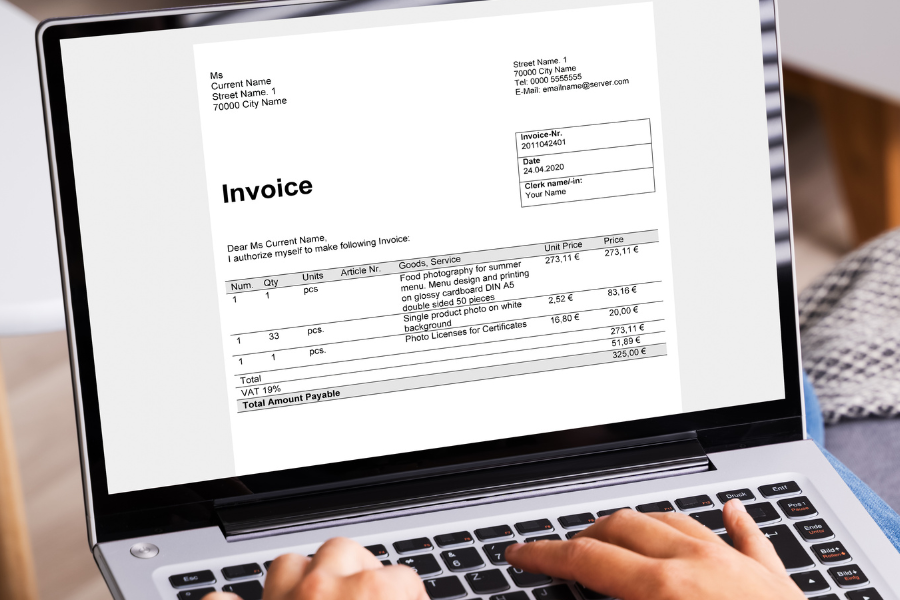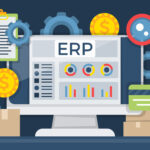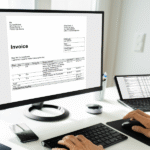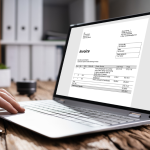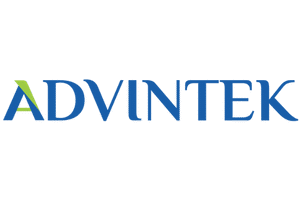Malaysia’s transition to mandatory electronic invoicing (eInvoice) is transforming the way businesses manage their transactions. The Inland Revenue Board of Malaysia (IRBM) has set a clear mandate: businesses must issue eInvoices for all taxable supplies, and these invoices must be submitted for validation. For businesses and buyers alike, understanding how this new system affects transactions is crucial for smooth operations and compliance. This blog explores the key details of how the eInvoice mandate influences transactions with buyers in Malaysia.
What Does the eInvoice Mandate Mean for Transactions with Buyers?
The eInvoice mandate requires that all taxable supplies, whether goods or services, issued to buyers be accompanied by an electronic invoice. This eInvoice must be validated by the IRBM to ensure that all transactions are recorded accurately for tax purposes. The system not only promotes tax transparency and compliance but also simplifies invoicing and minimizes errors in reporting.
For businesses, the impact of this system is significant. They must ensure that their transactions with buyers comply with the mandate, meaning issuing eInvoices through an approved format, which must be submitted to the IRBM for validation.
How Transactions with Buyers are Affected
- Issuing eInvoices to Buyers: A Standard Process
Under the new eInvoice mandate, businesses must ensure that they send electronic invoices to buyers in a format accepted by the IRBM. These invoices can be requested by buyers and must follow the prescribed submission guidelines. The eInvoice system ensures that all taxable transactions are validated immediately by the IRBM, which helps prevent the possibility of fraudulent or erroneous invoicing.
- Buyer’s Request for eInvoice
In typical transactions, once a sale occurs, the buyer may request an eInvoice for the transaction. For businesses that are compliant with the eInvoice system, they will need to provide this in a digital format. If the buyer requests an eInvoice through the business’s designated web portal or mobile application, the supplier must generate and submit the invoice to the IRBM for validation.
- Transaction Examples with Buyers
Example 1: The Consolidated eInvoice Process
Suppose a restaurant issues several invoices to various customers over the course of a month but does not issue eInvoices individually. Instead, they opt for a consolidated invoice at the end of the month. This consolidated invoice, which includes all transactions of the month, is then submitted to the IRBM for validation. In this case, buyers who have not requested an eInvoice will not receive one, but the transaction is still properly recorded for tax compliance.
Example 2: Request for eInvoice Post-Transaction
Consider a scenario where a buyer, Muthu, eats at a restaurant on 28 July 2025. If Muthu forgets to request an eInvoice at the point of sale, he has until the end of the month (31 July 2025) to log into the restaurant’s portal and request one. Upon request, the restaurant will issue the eInvoice to Muthu after validating it through the IRBM system.
Deadlines and Timing for Transactions
Timely submission of eInvoices is critical for ensuring tax compliance. If a buyer requests an eInvoice within the same month as the transaction, it must be generated and submitted promptly. The system requires that businesses submit eInvoices no later than 5 days after the transaction has occurred. Transactions and the corresponding invoices need to be processed swiftly to meet IRBM’s deadlines.
Exceptions in Transactions with Buyers
While most transactions will follow the standard process for generating and submitting eInvoices, there are some exceptions:
- High-Value Transactions:
Certain sectors, such as automotive or aviation, require individual eInvoices for each sale or transaction, regardless of buyer requests. - Luxury Goods:
Businesses selling high-value luxury goods, like jewelry, are required to issue individual eInvoices, even if the buyer does not request one. - Construction Industry Transactions:
For contractors and suppliers in the construction industry, each transaction related to a project must have an individual eInvoice submitted for validation, regardless of buyer request.
How Suppliers Can Comply with eInvoice Requirements
To ensure smooth transactions with buyers under the eInvoice mandate, suppliers can follow these steps:
- Online Request Platforms:
Suppliers can set up a web portal or mobile app that allows buyers to request eInvoices after their purchase. By doing so, the buyer can initiate the request, and the supplier can quickly process and validate it with the IRBM. - Point of Sale Integration:
Point-of-sale systems can be integrated with the eInvoice system to automatically generate and submit eInvoices for validation at the time of purchase. - Post-Transaction Invoicing:
For buyers who may forget to request an eInvoice at the point of sale, suppliers must allow them to request one within the required time frame, ensuring compliance.
Benefits of the eInvoice System for Transactions with Buyers
The eInvoice system brings significant advantages for both businesses and buyers:
- Streamlined Transactions:
Businesses can automate invoicing, reducing manual errors and ensuring timely submission to the IRBM. - Tax Compliance and Transparency:
The system makes it easier to track and verify all taxable transactions, ensuring that businesses remain compliant and reduce the risk of fraud. - Improved Record-Keeping:
Digital records are easier to store, retrieve, and manage, reducing the administrative burden on businesses and buyers alike. - Better Buyer-Supplier Relationship:
With the automation and ease of eInvoice requests, buyers benefit from a smoother transaction experience, fostering stronger relationships between buyers and suppliers.
How to Prepare for eInvoice Compliance
Businesses must take the following steps to comply with the eInvoice mandate:
- Update Your Billing Systems:
Ensure that your billing systems are equipped to generate and submit eInvoices in the required format. You may need to integrate with the IRBM’s MyInvois system or use the available SDK for compliance. - Training for Staff:
Train your employees on the new process, including how to generate and manage eInvoices, especially for buyers who request them post-transaction. - Customer Communication:
Inform your buyers about the eInvoice process and how they can request invoices through your systems, ensuring that they are aware of deadlines and procedures.
Conclusion
The eInvoice mandate is transforming the landscape of business transactions in Malaysia, bringing greater transparency, efficiency, and compliance. For businesses to navigate this change smoothly, it is essential to adapt quickly to the new eInvoice system, ensuring seamless transactions with buyers. Advintek, with its ISO27001 certification and status as a Peppol Certified Access Point Provider, is uniquely positioned to help your business comply with Malaysia’s eInvoice requirements.
By leveraging Advintek’s expertise in secure, compliant electronic invoicing, you can streamline your invoicing processes, reduce errors, and ensure timely submission to the IRBM. With Advintek’s robust solutions, your business will not only meet regulatory requirements but also gain efficiency in managing transactions with buyers—ultimately helping you focus on what matters most: growing your business.

